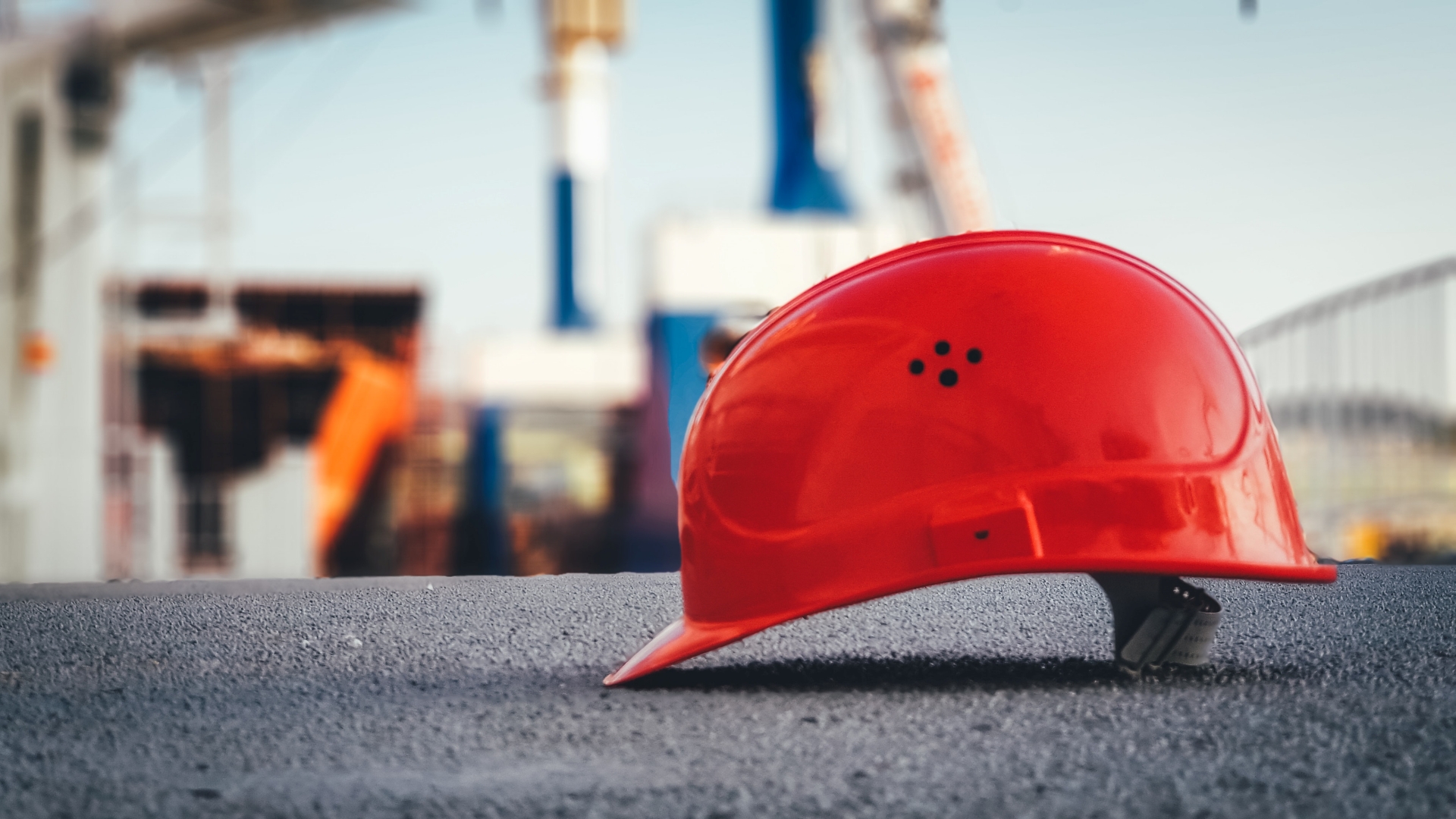In the constantly evolving field of architecture, groundbreaking designs, and ambitious construction projects have become increasingly common. Modern architectural installations, ranging from towering skyscrapers to intricate sculptures, often depend on innovative rigging techniques to transform visionary concepts into tangible structures. Rigging—the process of securing, moving, and installing heavy materials—is critical, requiring precision, safety, and advanced technology. Today, cutting-edge rigging methods, including rigging hoists and wire rope slings, reshape what’s possible in architecture.
Rigging Hoists: Precision and Stability
One of the most remarkable advancements in contemporary rigging is using sophisticated rigging hoists. These versatile tools have transformed the installation process, allowing teams to precisely maneuver massive components such as glass curtain walls, steel beams, and prefabricated modules. Rigging hoists are particularly valuable for delicate installations that demand accuracy and stability, drastically reducing risks associated with traditional methods. With advanced control systems, operators can make real-time adjustments, ensuring that every component is perfectly aligned.
Wire Rope Slings: Strength and Versatility
Another crucial element of modern rigging techniques is the incorporation of high-strength wire rope slings. These specialized slings provide unmatched versatility and strength, which are critical for lifting large-scale architectural features. Wire rope slings are made from strands of steel wires twisted into a robust structure, allowing them to withstand significant weight while maintaining flexibility. Their use has become standard practice in complex projects, such as installing expansive glass facades, sculptural steel frameworks, and heavy precast concrete elements. Thanks to their reliability and ease of use, wire rope slings offer a safe and efficient means of handling and positioning heavy loads.
Rigging in Cantilevered Structures
One notable example showcasing these innovations is the recent construction of large-scale cantilevered buildings. Such structures, extending dramatically over open spaces, demand meticulous rigging strategies. Utilizing a combination of rigging hoists and wire rope slings, engineers and rigging professionals precisely maneuver massive structural components into position. The careful coordination and advanced lifting equipment ensure structural integrity, enabling architects to push design limits without compromising safety.
Challenges and Solutions for Glass Installations
Similarly, modern architectural installations often feature glass as a primary design element, requiring unique rigging approaches. Due to their fragility and weight, Glass installations present specific challenges. Here, rigging hoists are essential, allowing installers to move large glass panels smoothly and accurately into place. Paired with specialized wire rope slings, the glass components are secured firmly, minimizing the risk of damage during installation. This precision reduces costs and timelines while ensuring aesthetic integrity and structural performance.
Artistic Installations and Custom Rigging Solutions
Artistic architectural projects also frequently rely on advanced rigging solutions. Contemporary art installations incorporated within architecture often include intricate designs and challenging configurations. Installing these sculptures and art pieces safely necessitates innovation in rigging techniques. For instance, custom-designed wire rope slings can be developed to precisely match complex shapes, providing stable and secure lifting points. Rigging hoists with sensitive control capabilities ensure that even the most delicate and valuable artworks are placed accurately without incident.
The Impact of Digital Technology
Advancements in technology have also significantly enhanced the safety and effectiveness of rigging practices. Innovations such as digital modeling and simulation software enable engineers to plan rigging procedures before on-site work begins meticulously. These tools can simulate lifting scenarios, detect potential issues, and suggest solutions, thus ensuring projects proceed smoothly. These digital tools significantly mitigate risk when integrated with modern rigging equipment like advanced hoists and wire rope slings, improving overall efficiency and safety.
Training and Professional Development
Moreover, training and education in rigging techniques have evolved to match these technological advancements. Rigging professionals today undergo rigorous training to master new tools, materials, and digital methodologies, further enhancing project outcomes. Comprehensive certification programs ensure teams are well-prepared to handle complex installations safely and effectively.
The Future of Rigging in Architecture
The continuous evolution of rigging technologies promises even more significant potential in architectural innovation. With ongoing improvements in materials, lifting equipment, and safety procedures, architects and engineers will increasingly explore bold, imaginative designs. This synergy between visionary architectural concepts and state-of-the-art rigging techniques promises a future where creativity encounters few limitations.
______________
Ultimately, innovative rigging techniques, supported by tools such as rigging hoists and wire rope slings, have revolutionized the possibilities within modern architecture. They enable precise installations, enhance safety, and support the daring visions that define contemporary architectural landscapes. As technology advances, the future of rigging promises even more remarkable achievements, reshaping the skyline with ever more ambitious projects.











